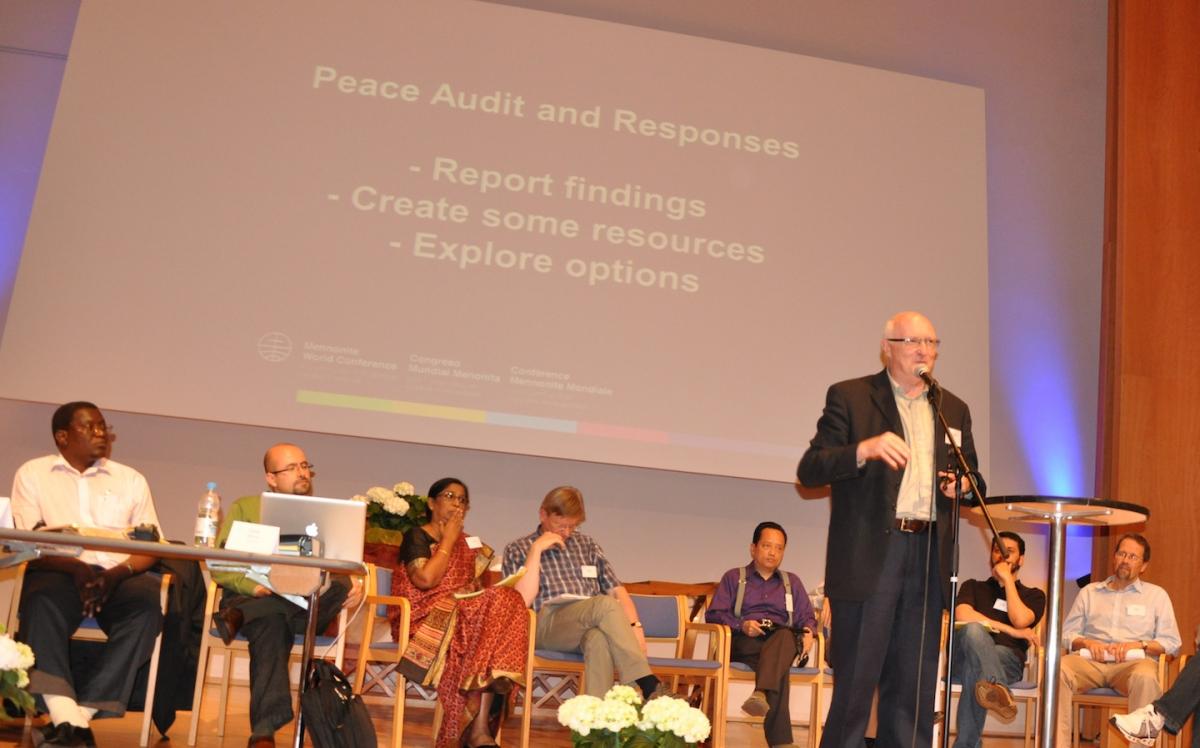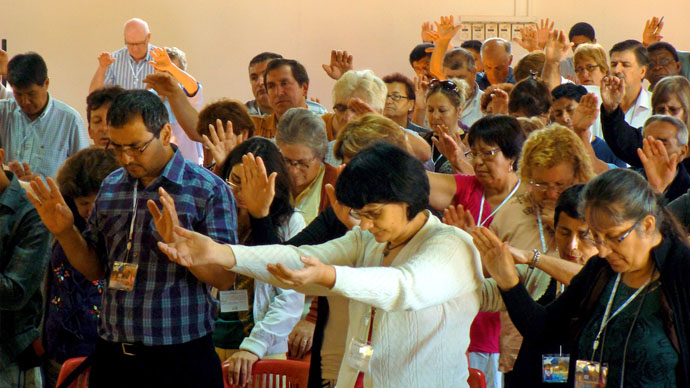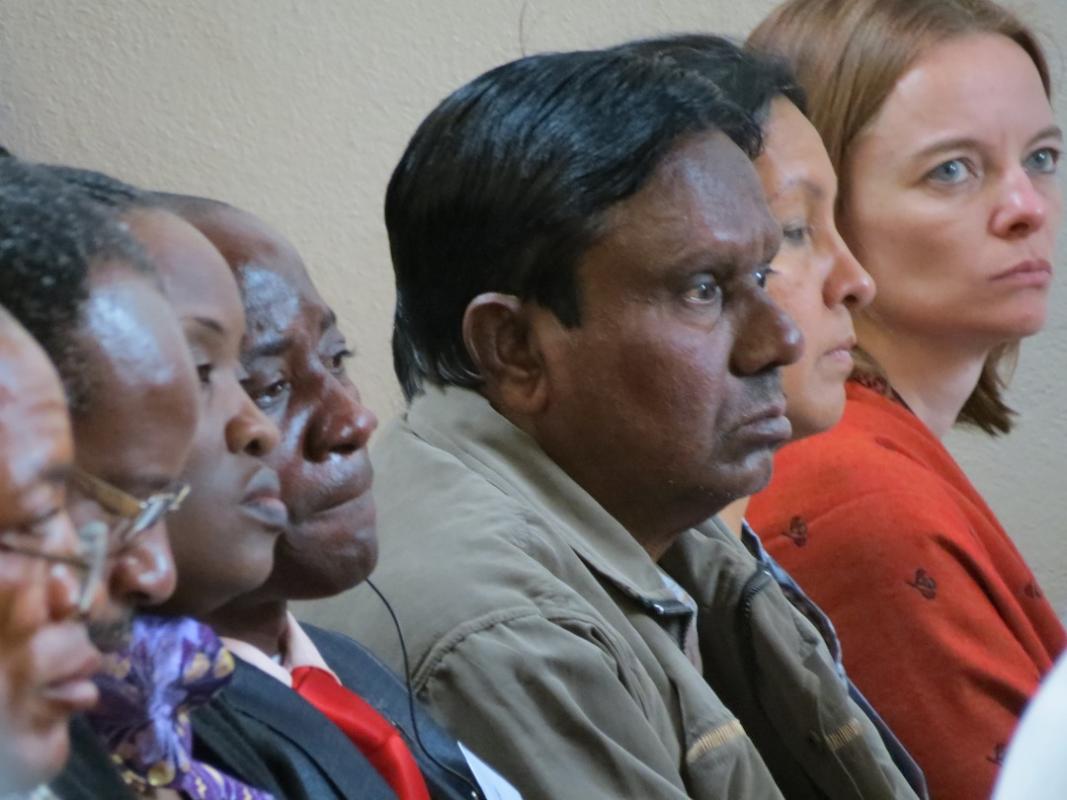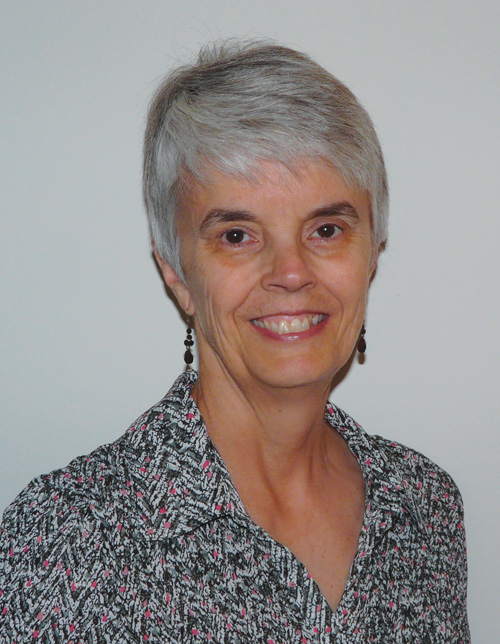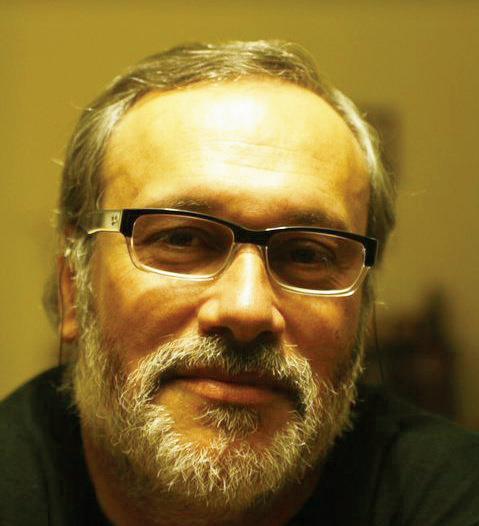-
Being a Peace Church: How are we doing?
We estimate that there are 9,500 congregations throughout the world that are part of the Mennonite World Conference (MWC) family. These congregations are found in every continent and in every imaginable context. This means that there are, potentially, thousands of active communities of the peace of Christ functioning in many contexts in need of reconciliation.…
-
The Winds of Anabaptism are Blowing’ Chilean Mennonites celebrate growth and global connections
“The winds of Anabaptism are blowing!” These enthusiastic words from Chilean Mennonite church member, Felipe Elgueta, are an apt description of the dynamic life of emerging Mennonite churches in different regions of Chile. While most Mennonite churches in Latin America originated either by migration or mission, the Chilean Mennonite churches arose as a result of…
-
Learning to Know Each Other Better: Researchers embark on a global study of MWC member-churches
In 2012, MWC partnered with the Institute for the Study of Global Anabaptism (ISGA) at Goshen College (Goshen, Indiana, USA) to launch a multi-year, multi-part research initiative. The goal? To develop a more nuanced picture of the MWC constituency specifically, and the global Anabaptist church generally. The project has two components. The first, the Global…
-
Resisting North American “Magic Kingdom” Worship
Exploring our shared commitment to worship As a global communion of Anabaptist-related churches, we share a common commitment to gathering regularly for worship. Yet our tremendous diversity means that we carry out this commitment in very different ways. In the October 2013 issue of Courier/Correo/Courrier, leaders from across our fellowship write about different ways in…
-
The Book or the Wall?
Exploring our shared commitment to worship As a global communion of Anabaptist-related churches, we share a common commitment to gathering regularly for worship. Yet our tremendous diversity means that we carry out this commitment in very different ways. In the October 2013 issue of Courier/Correo/Courrier, leaders from across our fellowship write about different ways in…
-
Obedience – a treasured inheritance
Reflections on being a disciple of Christ As I reflect on my Christian journey, one inheritance from my church, the Brethren in Christ, that I treasure is the simple teaching to be obedient as a disciple of Christ. It is a teaching that is life-changing, in that it calls for sacrificial commitment and dedication to…
-
The witness of Regina Mondez
On the morning of 7 November 2013, Regina Mondez, along with most people of the Philippines, was anxiously tracking the radar images of a massive storm heading directly toward them. Even before super typhoon Haiyan slammed into the islands of the central Philippines, with wind speeds approaching 200 miles per hour, she and other members…
-
Christian Equality – Utopia?
Economic Inequality: Exploring our shared commitment to pursuing shalom As a global communion of Anabaptist-related churches, we share a common commitment to pursuing shalom. In this pursuit, we believe in seeking justice and sharing our resources, be they material, financial or spiritual. Yet our tremendous diversity means that we carry out this commitment in very…
-
Repairing the Breach
Economic Inequality: Exploring our shared commitment to pursuing shalom As a global communion of Anabaptist-related churches, we share a common commitment to pursuing shalom. In this pursuit, we believe in seeking justice and sharing our resources, be they material, financial or spiritual. Yet our tremendous diversity means that we carry out this commitment in very…
-
An Open Hand, Not a Handout
Economic Inequality: Exploring our shared commitment to pursuing shalom As a global communion of Anabaptist-related churches, we share a common commitment to pursuing shalom. In this pursuit, we believe in seeking justice and sharing our resources, be they material, financial or spiritual. Yet our tremendous diversity means that we carry out this commitment in very…
-
Economic Inequality
Economic Inequality: Exploring our shared commitment to pursuing shalom As a global communion of Anabaptist-related churches, we share a common commitment to pursuing shalom. In this pursuit, we believe in seeking justice and sharing our resources, be they material, financial or spiritual. Yet our tremendous diversity means that we carry out this commitment in very…
-
Europe: Old stories and new hope
When Conrad Grebel baptized his friends in the evening of 25 January 1525 in Zurich, Switzerland, little did he know that this small act would mark the start of the worldwide family of faith that we now are as Mennonite World Conference. From Switzerland, the Anabaptist movement spread north, to Germany, France, and the…
